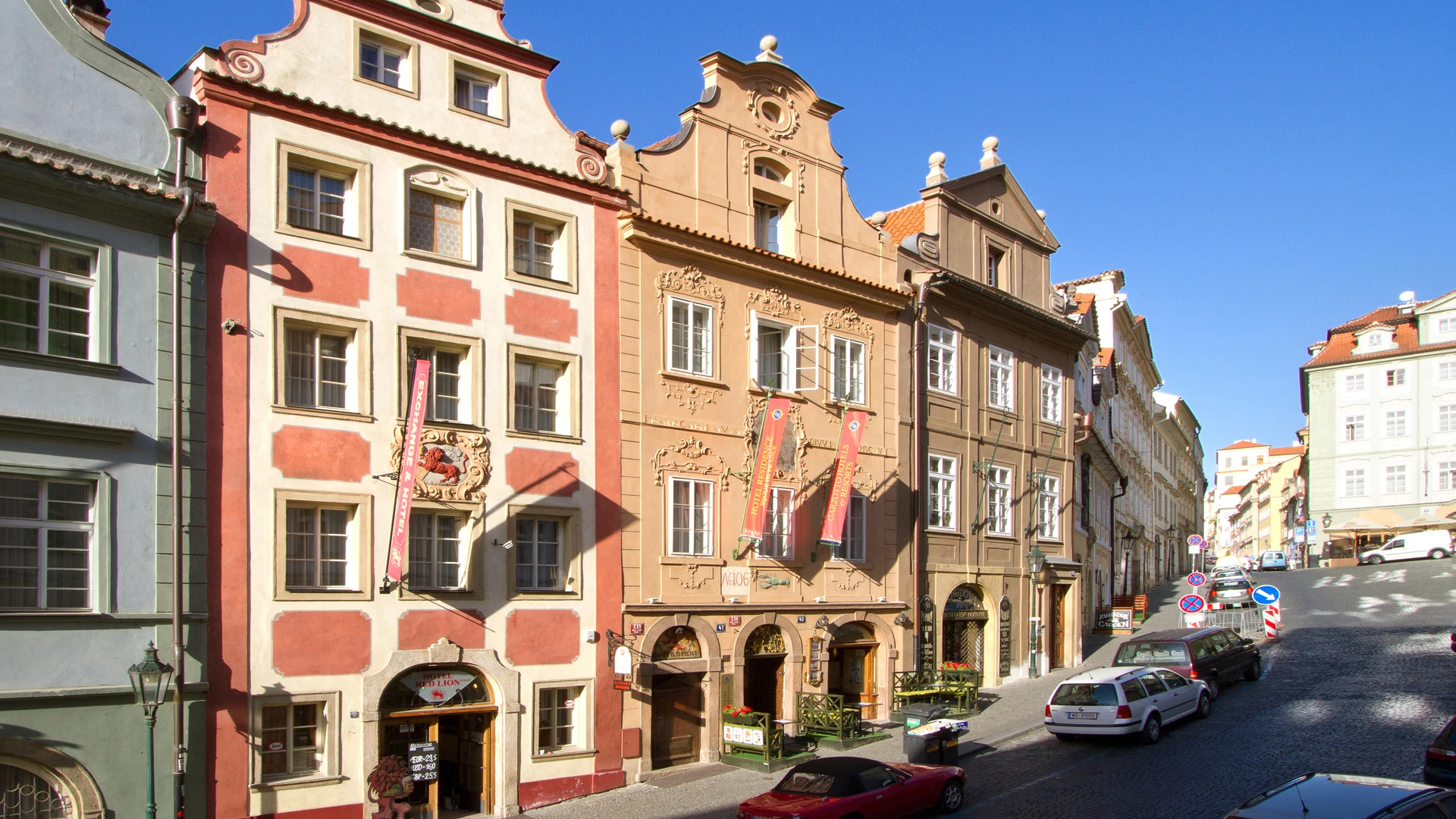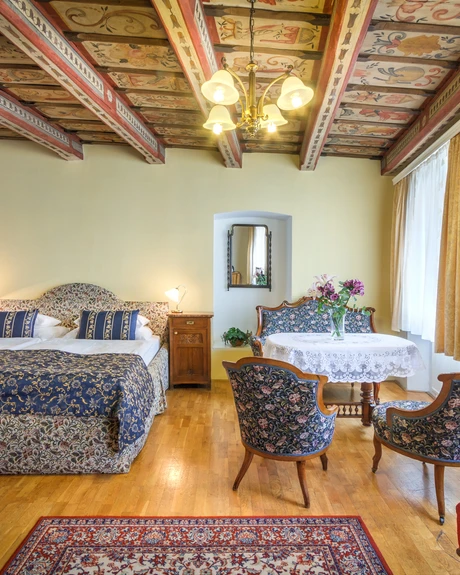Prague Castle
The residence of the Czech kings and presidents is undoubtedly the most significant place not only in Prague but also in the entire country. Přemyslid princes moved their seat here at the end of the 9th century. However, the most important period for the development of the Prague Castle was during the reign of Charles IV, who initiated extensive reconstruction and construction works in the Gothic style. The end of the period of rapid development falls to the period of reign of Ladislav Jagiello, who refortified the Castle and added new halls to it. The majority of these halls were created in cooperation with Benedikt Ried, whose most significant piece of work is represented by the extraordinary Vladislav Hall - the most magnificent hall of the late Gothic period in Europe, and by the Ludwig Wing built already in the Renaissance style. Even a fire that erupted in 1541 and severely damaged the buildings of the Castle did not stop the development of this center of the Czech lands. Further flourishing of the Castle was secured by the first Habsburg rulers on the Czech throne, particularly Rudolph II who made Prague his seat and dramatically changed the Castle by a number of new buildings and gardens. However, after the Thirty Years' War, Habsburgs made Prague only their secondary residence. Their interest returned in the second half of the 18th century in a somewhat problematic manner: the fundamental reconstruction they initiated at that time irreversibly changed the historical character of the Castle. Although, the Theresian Reconstruction resulted in the current form of a coherent front of palaces dominating the Prague scenery, its toll was unification of the Castle in the Classicist style. The architects taking care of the Castle after it had become the seat of the president of the newly established republic showed more respect and thoughtfulness. Particularly the work of Josip Plečnik sets until today the example of sensitive interventions into historical architecture that do not give up on modern approaches. These approaches were foundation of the reconstruction initiated by the first Czech president Václav Havel.
The Prague Castle is not only the St. Vitus cathedral but also the New and the Old Royal Palaces, Basilica and Monastery of St. George, Institute of Gentlewomen, Lobkowicz Palace, The Supreme Burgher's House, the Black Tower, Vikárka, Prague Castle Picture Gallery, the Golden Lane, the White Tower, Daliborka tower, Stag Moat, Riding School, Lion's Court, Summer Royal Palace - Belveder, Ball Game Hall as well as the gardens of the Prague Castle and other monuments.





